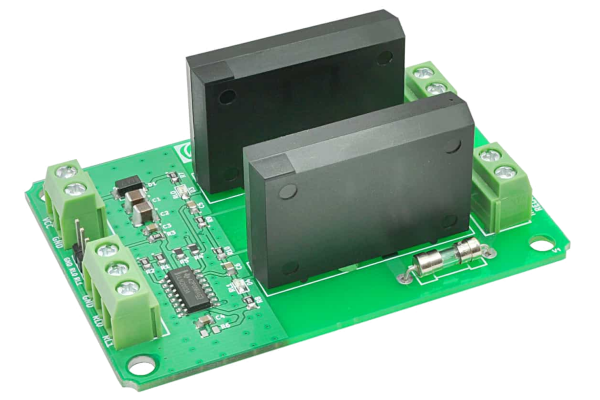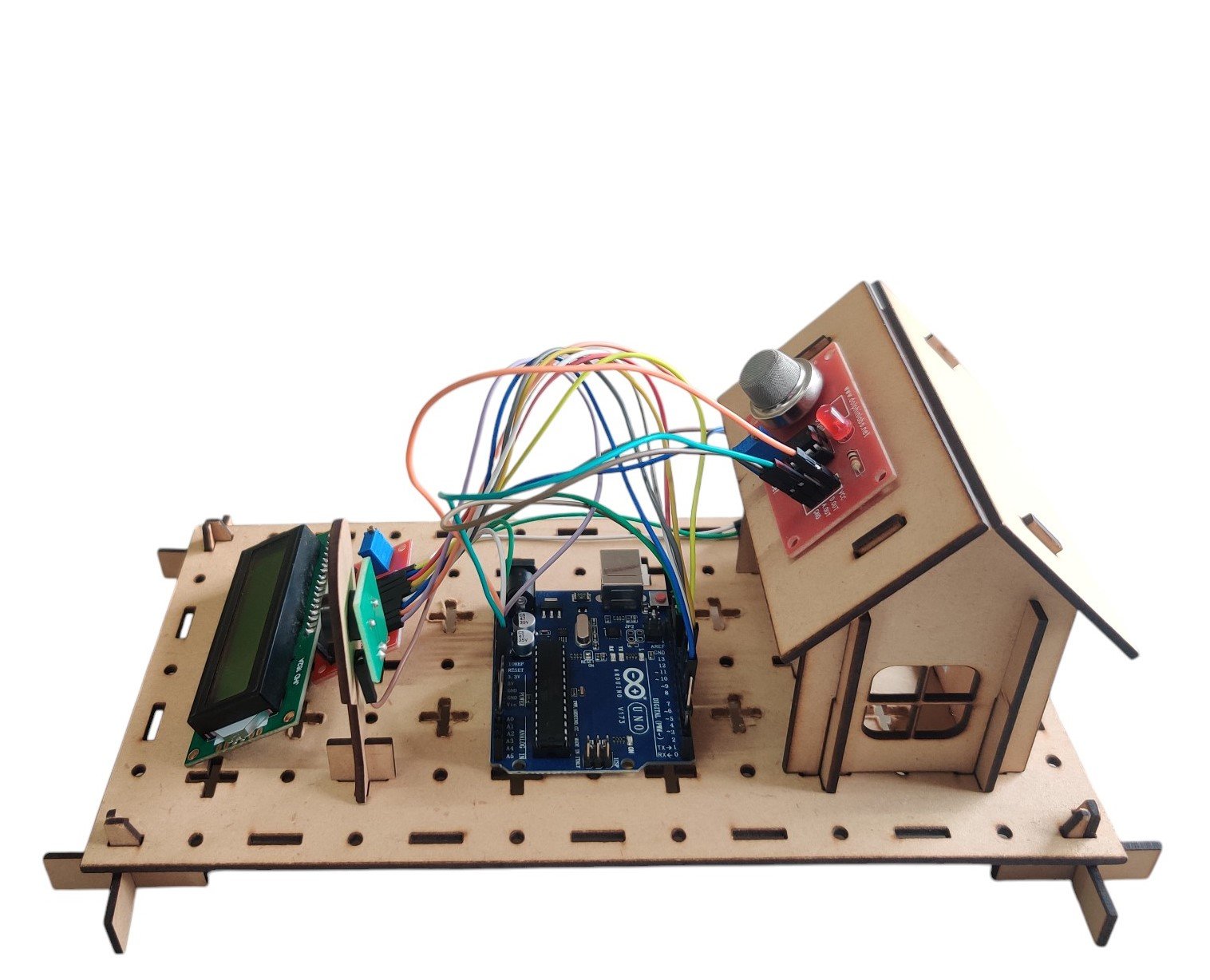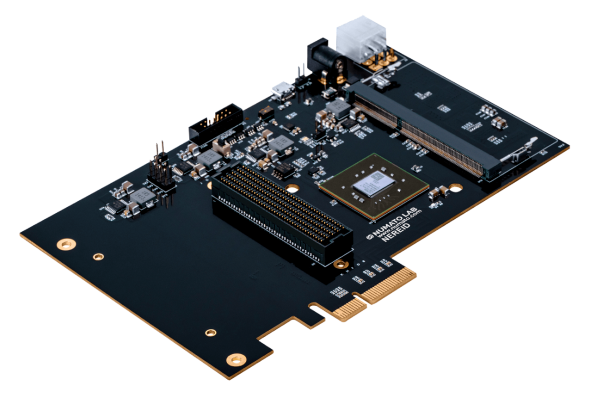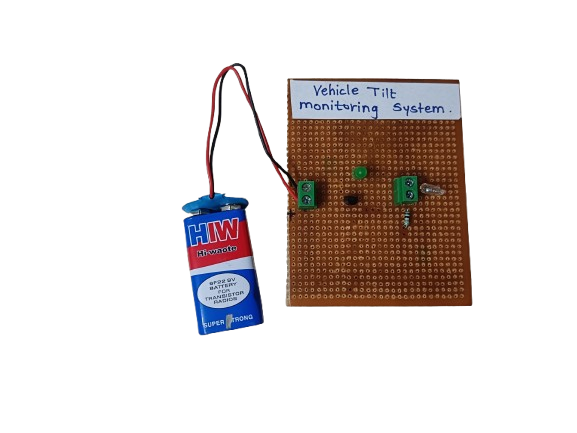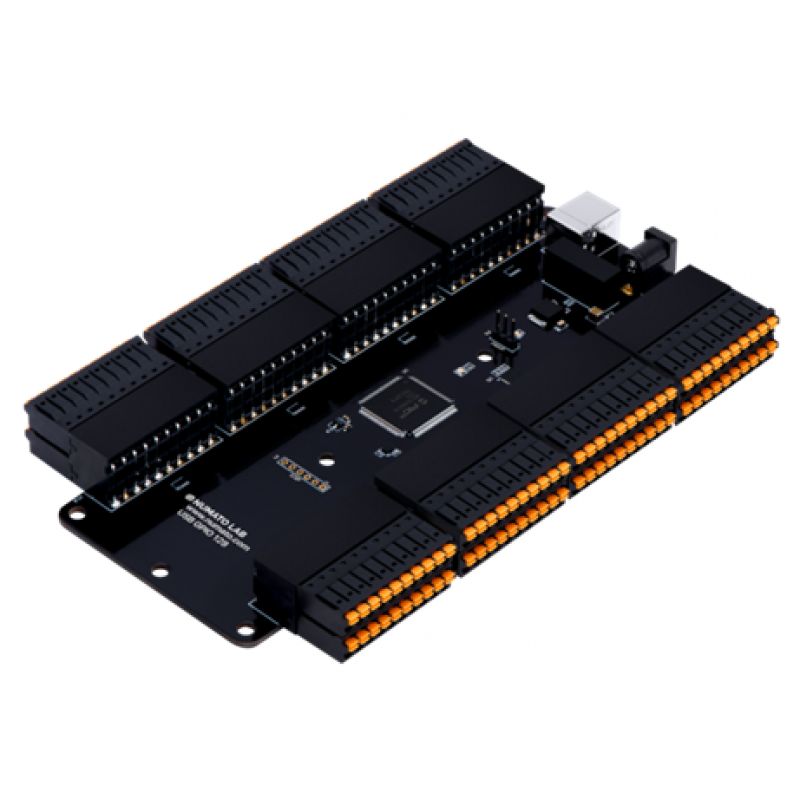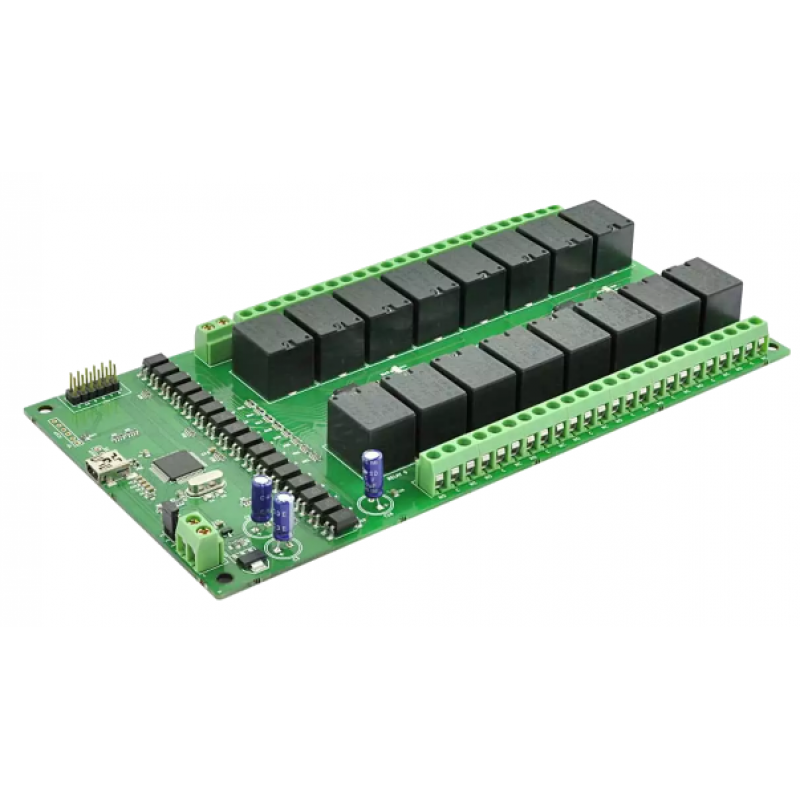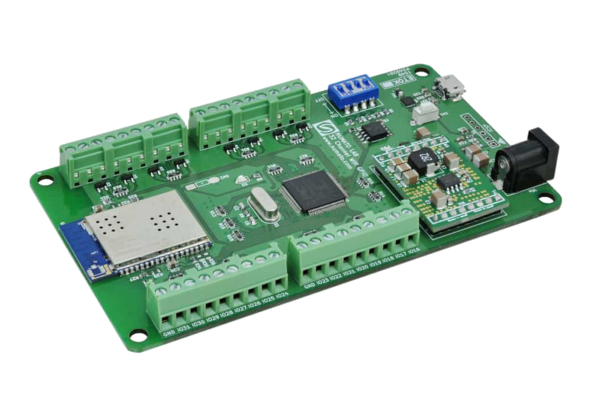Description
For Numato Products Price details/ quotation please mail your requirements on dolphinlabs17@gmail.com
Galatea is an easy-to-use FPGA Development board featuring AMDSpartan-6 FPGA with an x1 PCIe interface and two 1Gb DDR3 SDRAM devices. This board features AMDXC6SLX45T (or larger) – FGG484 FPGA. Two high-speed expansion connectors are available onboard for the purpose of adding additional features to the board by using custom or off-the-shelf daughter boards. A rich set of off-the-shelf expansion modules are available at our store. Galatea is shipped with a dual-port 100BASE-T Ethernet Module and an IO Expansion Module pre-installed.
Features
- FPGA: AMD Spartan-6 XC6SLX45T in -3FGG484 package (Other devices available at request)
- x1 lane PCIe Gen1 interface
- 2 x DDR3: 2Gb SDRAM MT41J128M16
- Dual Port 100BASE-T Ethernet (Daughter Board)
- IO Expansion Module (Daughter Board)
- 128 Mb QSPI flash memory (N25Q128A13ESE40E) for Configuration and optional data storage
- USB to UART serial converter
- 3 x 100MHz CMOS oscillator
- 2 x 150MHz CMOS oscillator for GTP
- 2 x GTP available on 2x SATA connectors
- MicroSD adapter for bulk data storage
- All differential pairs are length matched on the module
- Maximum 112 IOs for user-defined purposes on FX18 Hirose connectors
- Can be powered from PCIe slot or from an external power supply
- JTAG and SPI headers for programming and debugging
- 44 Length matched LVDS33 differential pairs
- 12 Length matched LVDS1V5 differential pairs
- 2x SMA connectors for Clock or other signal input/output
Applications
- Product Prototype Development
- Development and testing of custom embedded processors
- Signal Processing
- Communication device development
- Data Acquisition
- Educational tool for Schools and Universities




